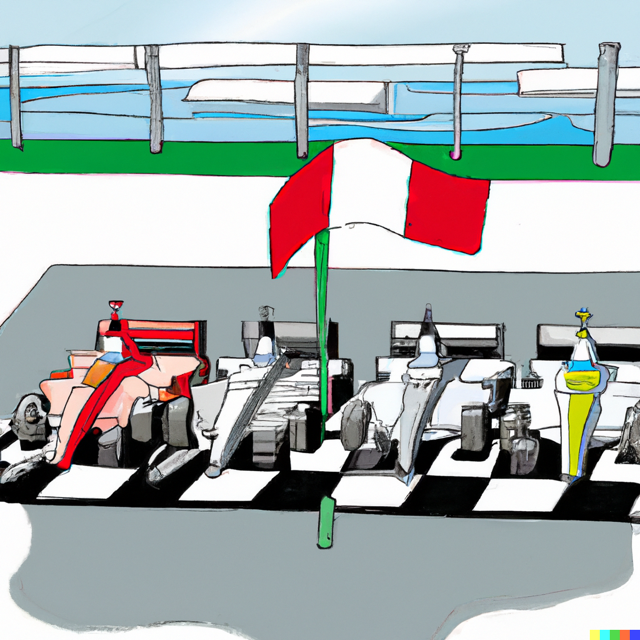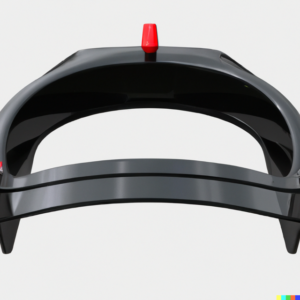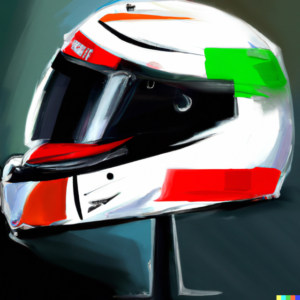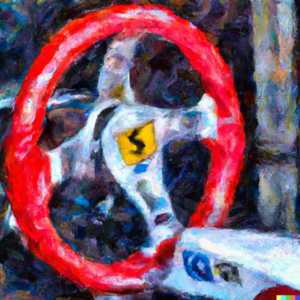How Does F1 Qualifying Work

From the tension of Saturday qualifying to the checkered flag on a Sunday afternoon, F1 has the power to keep fans around the world at the edge of their seats.
If you’re relatively new to Formula 1 (see our Beginners Guide to F1), odds are you’ve got all kinds of questions about how it works. More specifically, you might wonder what determines a driver’s position on the starting grid before a race.
While Sunday’s race is the main spectacle of an F1 Grand Prix weekend, it is qualifying that really determines how the race can go.
As Formula 1 continues to attract fans, here’s everything you need to know about the F1 qualifying format.
A Typical F1 Weekend Schedule
Over a race weekend, every Formula 1 team’s activity gears itself toward a competitive and thrilling Grand Prix on Sunday.
A traditional race weekend has a total of three free practice sessions (each 60 minutes long); two on Friday (FP1 and FP2), and the third and final practice session (FP3) taking place on Saturday morning.
Then comes the thrilling qualifying, where drivers compete for a grid position over a 1-hour session – usually on a Saturday afternoon.
And finally, on Sunday, it’s lights out for the race, which will determine the Grand Prix winner and make the difference to the overall seasonal championship.
How Does F1 Qualifying Work?
Qualifying is a one-hour event that takes place on a Saturday and is used to determine the grid positions for the race on Sunday.
There are three qualifying sessions, Q1, Q2, and Q3, each shorter than the last, where drivers will race around the track to put in their fastest possible time in hopes of clinching pole position.
All qualifying sessions will see a driver completing multiple qualifying laps. First, drivers start with an out lap, allowing them to warm up their tires and breaks to an optimum temperature before attempting to achieve the quickest time with a ‘flying lap.’
Q1
The first qualifying is 18 minutes long and sees all 20 drivers out on track competing to determine the top 15 drivers that will advance to Q2. When Q1 ends, drivers are allowed to complete a lap they are on while the slowest five cars are eliminated, earning the bottom grid positions (16-20) for the Grand Prix the following day.
Q2
After a short break to reset, the second qualifying session (Q2) begins, where the remaining 15 drivers will have 15 minutes to set their best lap time. At the end of Q2, the top 10 drivers will advance, and the slowest five drivers are once again eliminated, filling grid positions 11-15.
Q3
The final qualifying session (Q3) commences after another brief break. In Q3, drivers have 12 minutes to contend for pole position. First place (pole) is awarded to the fastest driver, while positions 2-10 are determined by the next fastest cars and their lap times.
What Is Parc Ferme?
After qualifying, F1 cars enter a condition known as “parc ferme,” which translates to ” closed park,” in French. It is an enclosed and secure area in the paddock where race officials (stewards) review F1 cars before and after a race.
F1 cars are weighed and undergo other checks deemed necessary by stewards to ensure the car fulfills the legal requirements to race.
Each car will be deemed to be in parc ferme from when it leaves the pit lane for the first time during the qualifying session until the start of the final race. Mechanics may carry only certain work out on the car during this period, but any performance or handling upgrades are not permitted until after the main race.
If a team chooses to change a car or introduce a performance upgrade after qualifying, they can face a grid penalty pushing them further down the starting lineup.
What Is Pole Position?
Pole position in F1 is the position at the start of the grid for the Grand Prix race, given to the driver with the fastest time in Q3. Pole gives drivers a significant advantage in the race. However, the value of pole differs from track to track.
Each grid position is eight meters apart, with first place (P1) and third place (P3) spaced 16 meters apart. Drivers in the front face less traffic going into the race and can pull away with a better start; this is why qualifying towards the front of the grid or in pole position is important.
F1 Sprint Qualifying Explained
To improve a race weekend’s entertainment value and viewers’ excitement, F1 introduced a new sprint qualifying format in 2021 at three Grand Prix – which then returned in the 2022 F1 season.
Sprint qualifying is a short-form Grand Prix that is one-third the race distance of the main race on Sunday.
Unlike a traditional F1 weekend schedule, teams will only have one free practice session before going on to a three-part qualifying session on Friday afternoon which is identical to the traditional format. Instead of setting the grid for Sunday’s Grand Prix, however, it will set the grid for the sprint race/qualifying.
Saturday morning brings a return to practice with a final session offering the teams a final chance to understand their machinery before taking to the grid to compete in the sprint race.
When the checkered flag falls, and every driver crosses the line, the order is set for Sunday’s Grand Prix. Sprint races also award world championship points, with only eight drivers taking home points. Eight points are awarded to first place and go down by one point for each of the top eight drivers.
Final Thoughts
When it comes to Saturday’s flat-out session, it’s all about speed, and this is the one element of the entire race weekend that excites fans the most before Sunday’s grand finale.
While qualifying may seem complex at first, especially for rookie F1 watchers, it’s an easy event to understand after watching a few rounds. Soon, you’ll be anxiously anticipating Q3 to find out which driver clinches pole and a possible Grand Prix win on Sunday!





